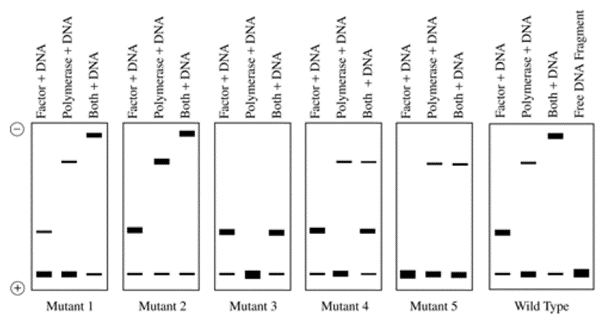TLS Online TPP Program
More Questions
TLS Online TPP Program
#Question id: 4155
#Unit 3. Fundamental Processes
Of all the possible triplet codons, __ do not code for an amino acid.
TLS Online TPP Program
#Question id: 4156
#Unit 3. Fundamental Processes
The reading frame of DNA is fixed by
TLS Online TPP Program
#Question id: 4157
#Unit 3. Fundamental Processes
At the ribosome, the codon and anticodon associate by __.
TLS Online TPP Program
#Question id: 4158
#Unit 3. Fundamental Processes
What is a reasonable number of nucleotides in a tRNA molecule?
TLS Online TPP Program
#Question id: 4159
#Unit 3. Fundamental Processes
Which statement is not true about the ʺwobbleʺ position?
TLS Online TPP Program
#Question id: 4160
#Unit 3. Fundamental Processes
Different tRNA molecules that bind the same amino acid are called __ tRNA molecules.

